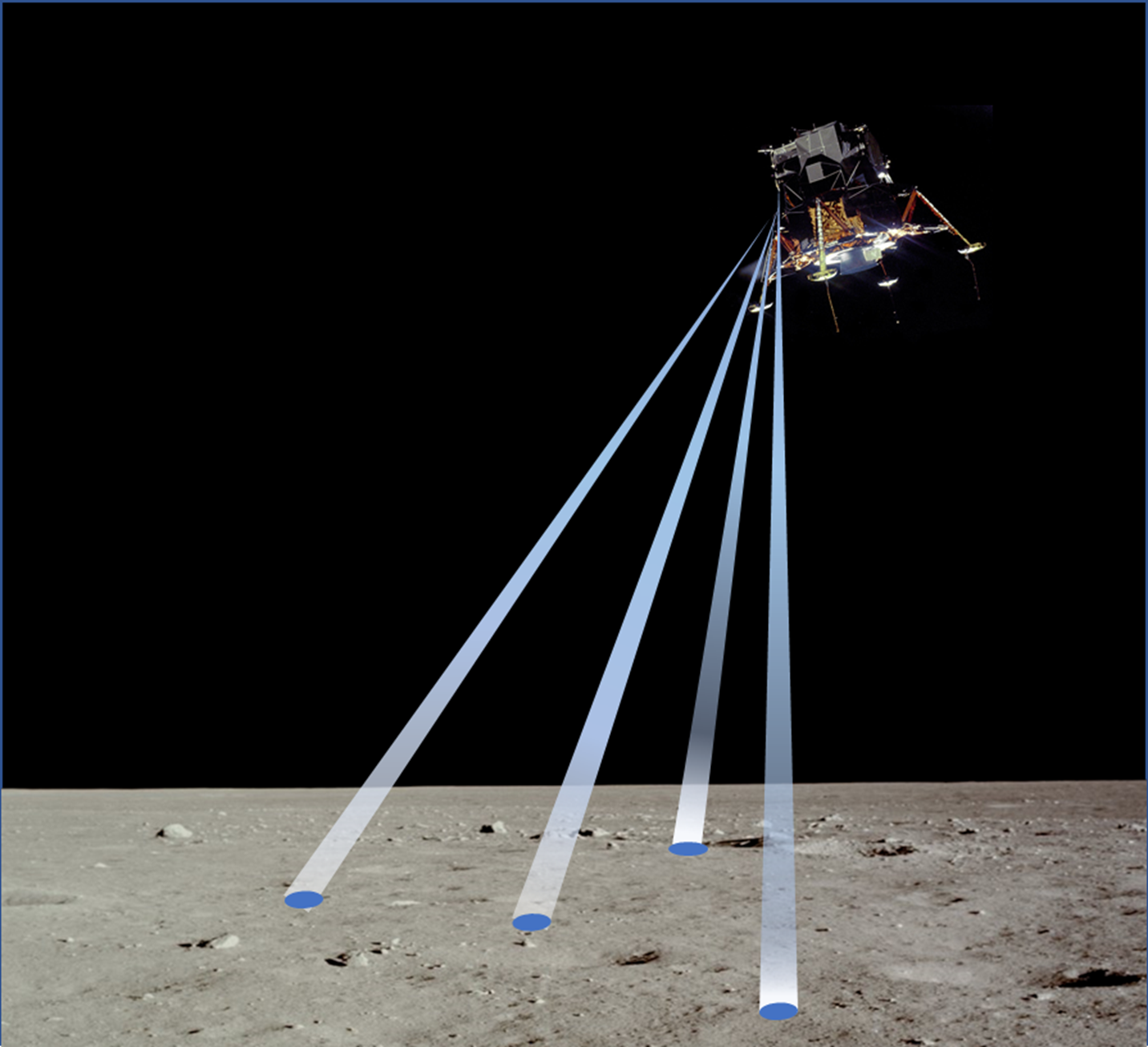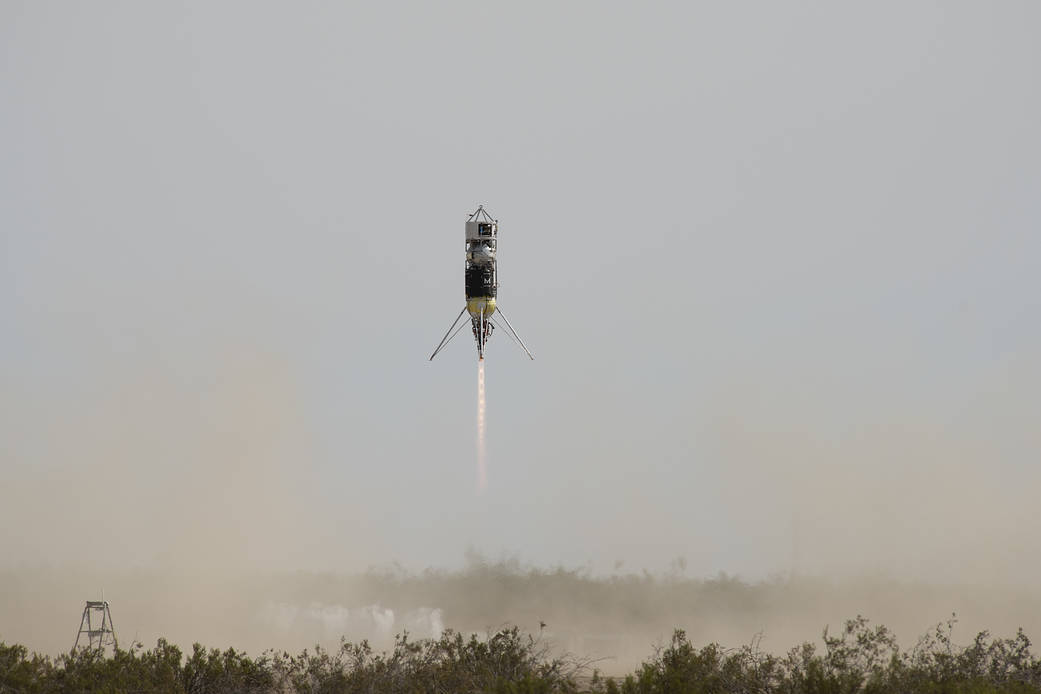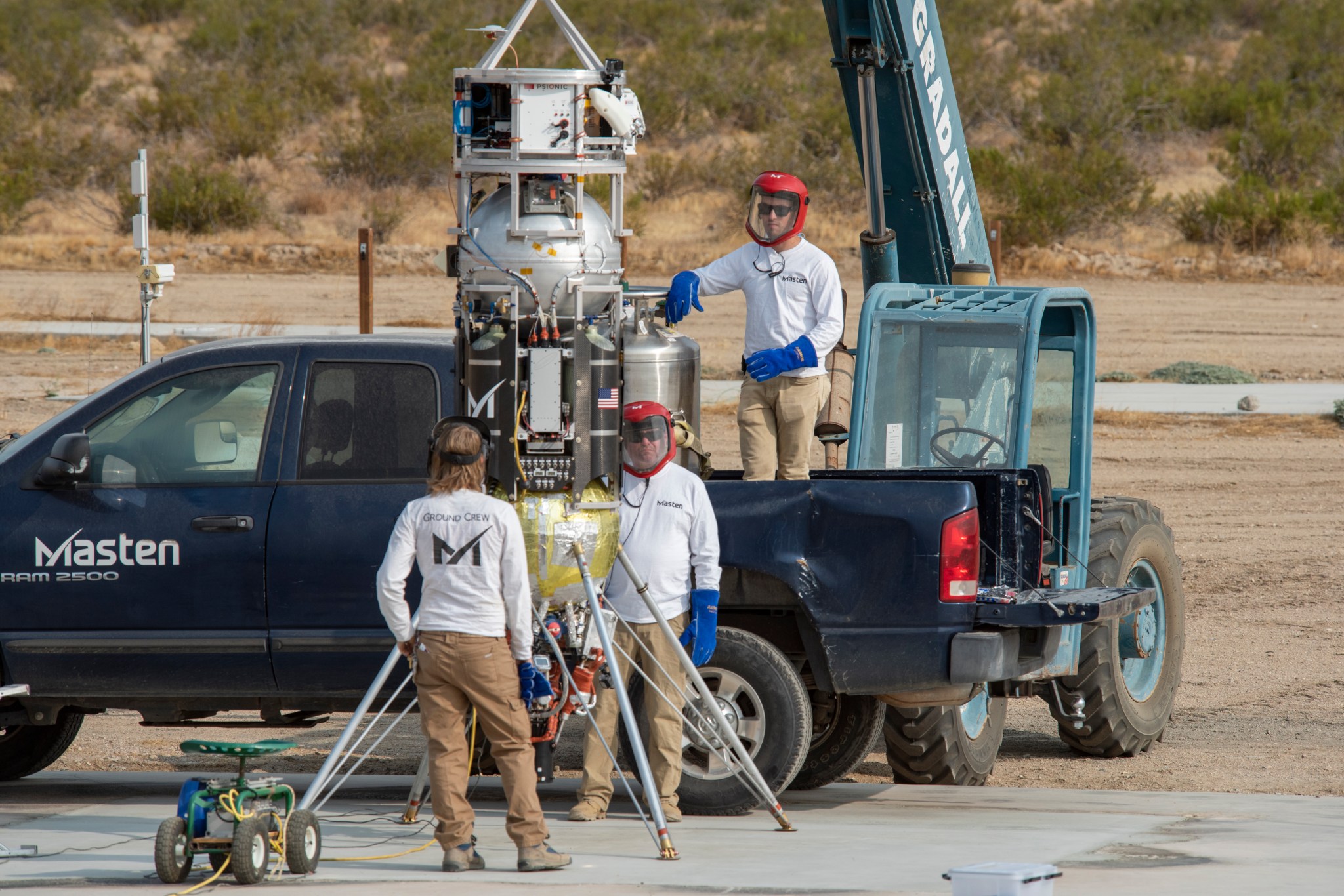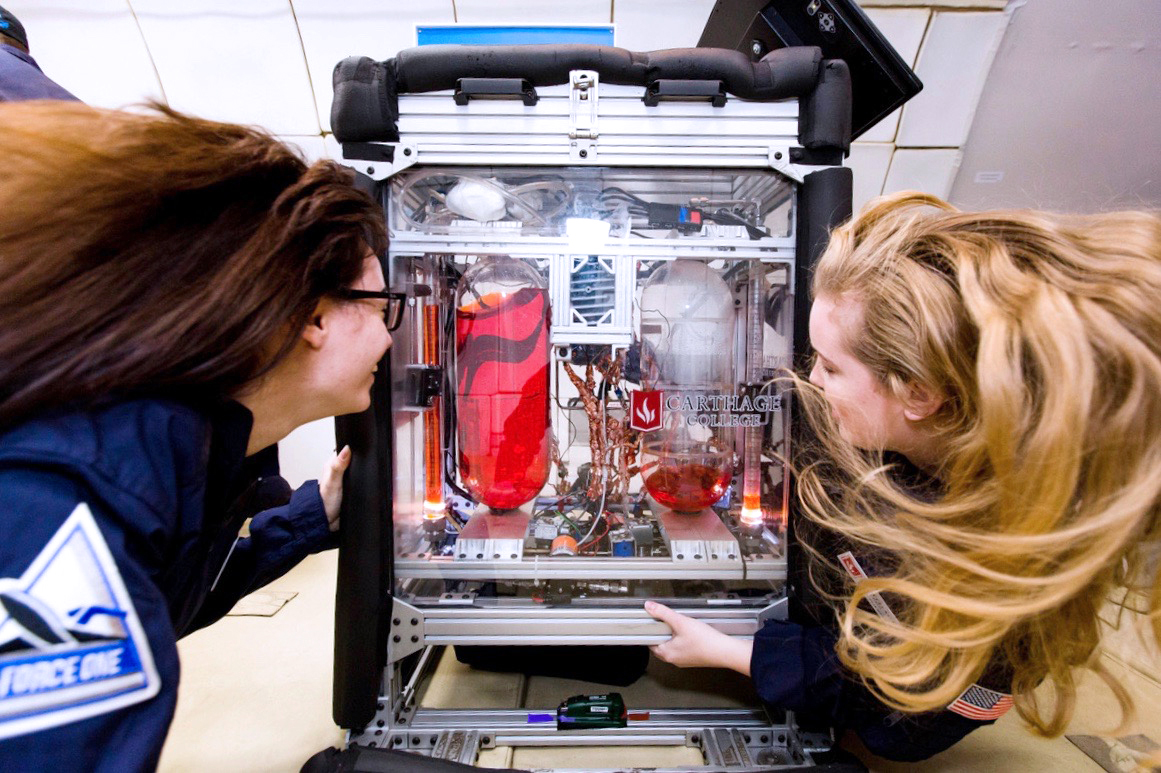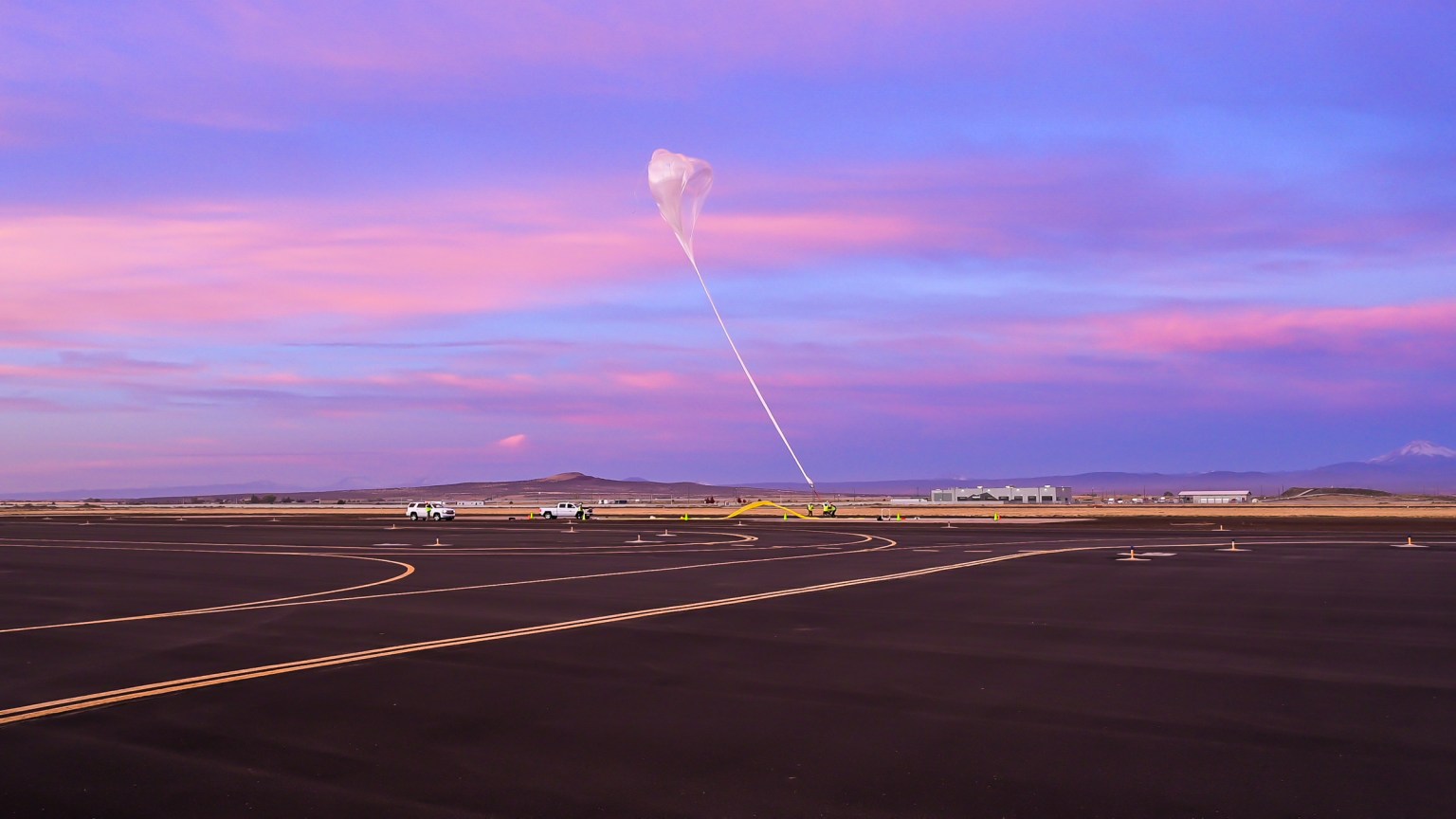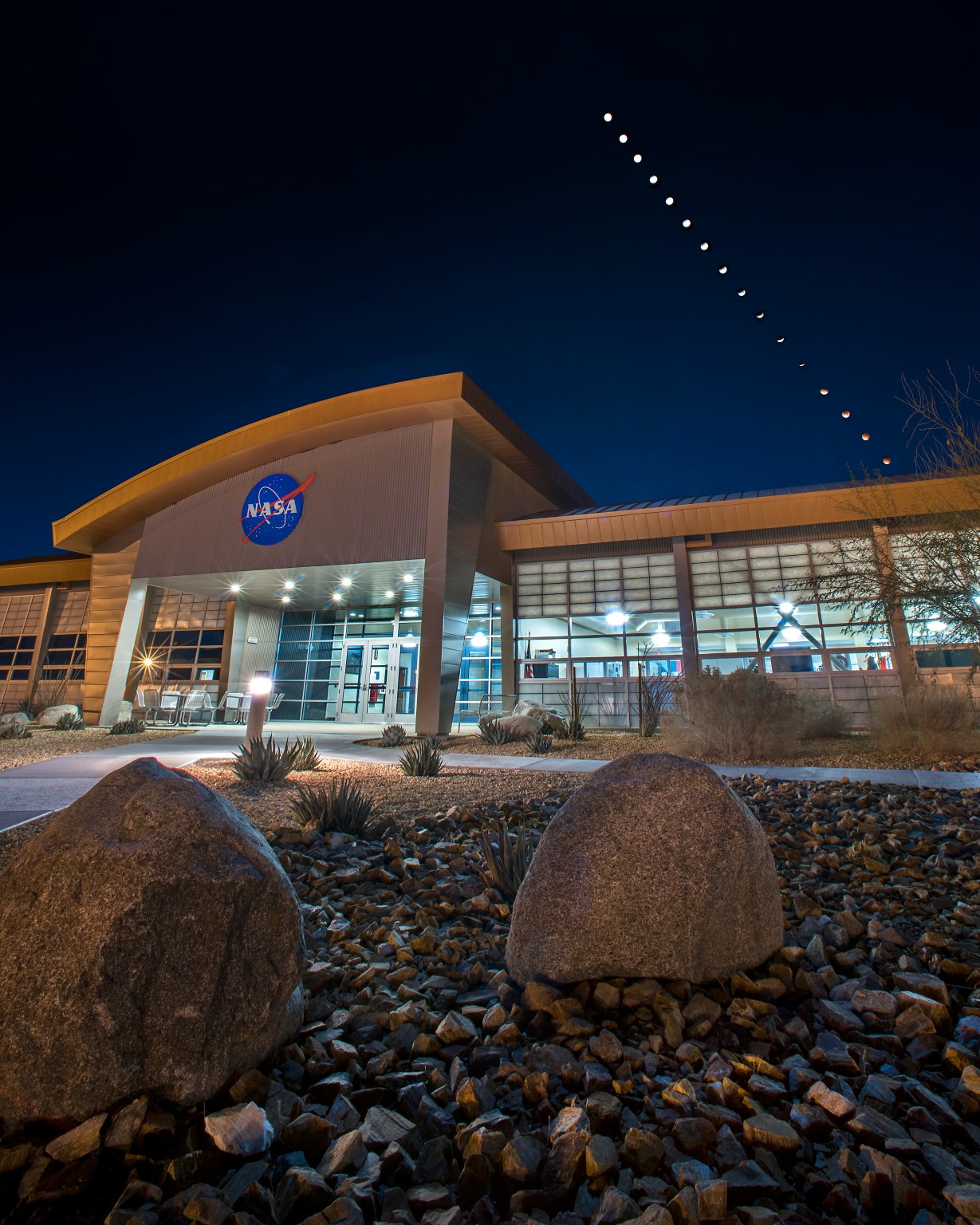A navigation doppler lidar (NDL) technology originally developed by NASA was demonstrated on a flight test on Sept. 10 with support from the Flight Opportunities program, part of NASA’s Space Technology Mission Directorate. With roots at NASA’s Langley Research Center in Hampton, Virginia, the technology was licensed in 2016 by Psionic for both terrestrial and space applications, and both the company and Langley continue to evolve and advance the innovation for upcoming lunar missions.
On the recent flight in Mojave, California, Masten Space Systems flew Psionic’s NDL payload on a vertical takeoff vertical landing (VTVL) system called Xodiac, which simulates some of the maneuvers of a lunar lander. Designed for precision landing in a very tightly defined area – often called the landing ellipse – the NDL transmits laser beams to the ground that bounce back to a sensor, providing information about the lander’s velocity and distance relative to the ground.
The flight test was designed to help Psionic validate their NDL unit’s algorithms and data processing in order to verify the accuracy of these measurements. Data analysis is now underway to determine any modifications needed before advancing to a future closed-loop flight test on Xodiac, in which Masten and Psionic will use the NDL payload to actually navigate the VTVL system.
Psionic is also continuing research and development on variations of the NDL technology – such as using an additional laser beam and other new components – in parallel with Langley’s efforts to advance elements of the technology.
“The Flight Opportunities program enables us to move from modeling and prototypes to relevant flight conditions to confirm that the improvements perform the way we expect,” said Steve Sandford, founder and chief technology officer of Psionic, based in Hampton, Virginia.
Flight Opportunities was also instrumental in earlier testing of the technology on flights in 2017 as part of NASA’s COBALT project, or Cooperative Blending of Autonomous Landing Technologies.
“Those flights, along with a 10-year period of technology development at Langley, have been instrumental in making the NDL technology available to commercial lunar landers for future NASA missions,” said Farzin Amzajerdian, principal investigator for the NDL technology at Langley.
Psionic’s technology transfer relationship with NASA is helping to facilitate that goal by enabling the company to produce flight-ready NDL units that could be used by companies on contract under NASA’s Human Landing System (HLS) Program.
Amzajerdian explained that Langley is continuing flight testing of NDL units as well, adding to the wealth of data available between the agency and its commercial partners to help advance lunar navigation and precision landing. NASA’s NDL units will fly to the Moon on two early flights under NASA’s Commercial Lunar Payload Services initiative.
Lander providers are also contributing to landing and navigation expertise. For instance, Masten is applying lessons learned from its history of testing navigation technologies to prepare for their own lander under development to deliver CLPS payloads for NASA to the Moon’s South Pole.
“With these flights, we’re providing the testing service, but also we get exposed to the technology through so many steps and refinements along the way,” said Reuben Garcia, director of technical operations at Masten. “Now we can implement the learning from all these previous tests and see the results firsthand. That buys down the technical risk for us, for Psionic, and for NASA whose missions will benefit from this work.”
By bringing together multiple experts from different sectors, the Flight Opportunities program is helping NASA advance the future of commercial spaceflight, according to John Kelly, program manager for Flight Opportunities.
“It’s gratifying to see a NASA center, a small business, and a commercial flight provider collaborating together to advance technology solutions for one of NASA’s most ambitious goals – landing on the Moon.”
Nicole Quenelle
NASA Armstrong Flight Research Center



























